Welcome to the exciting world of short throw projectors! You might ask, “What exactly is a short throw projector?” Well, it’s a unique type of projector designed to produce large images from relatively short distances.
The term “short-throw projection” typically refers to a projection distance of 3 to 8 feet between the projector and the screen.
The secret lies in its throw ratio—the distance from the lens to the screen compared to the screen’s width. In short throw projectors, this ratio is significantly less than 1, making it a practical solution for tight spaces.
Table of Contents
How Short Throw Projectors Work: The Tech Behind the Magic
Digging into the heart of short throw projectors, you’ll find a fascinating blend of technology and design principles. The primary components working in tandem to create those large images from short distances include the lens, mirrors, and light source.
Let’s take a closer look at each of these parts and their roles.
The Role of the Lens
The lens is the first point of Marvel. Traditional projectors use a lens that projects images at a relatively narrow-angle, requiring them to be positioned far from the screen.
In contrast, short throw projectors come equipped with a wide-angle lens. This lens can project images at a much steeper angle, meaning the projector can be placed closer to the screen while still creating a broad image.
Mirrors
The mirrors are the next element of the short throw projector’s bag of tricks. Unlike conventional projectors, the image light path in short throw variants is more complex.
After the light is emitted from the source, it hits an aspheric mirror. This mirror is specially shaped and angled to spread the light quickly across a wide area.
As the light bounces off this mirror, it’s directed toward the screen in a manner that expands the image rapidly.
In essence, the mirror system in these projectors magnifies the image at record speed, allowing for those large projections even when the device is just a few feet—or sometimes inches—away from the screen.
The Light Source
Now, let’s shed some light on, well, light! A potent light source is integral to any projector, and it’s no different for short throw ones.
Given the steep angle and rapid expansion of the image, it’s essential that the light source is robust enough to maintain brightness and clarity.
Most modern short throw projectors use laser or LED technology as their light source. These technologies provide not only the requisite brightness but also offer longevity and energy efficiency.
The combination of a specialized lens, an intricately designed mirror system, and a powerful light source allows short throw projectors to deliver large, bright images from surprisingly short distances. It’s a blend of physics, engineering, and a touch of magic!
Check Best Projector Under $300.
Advantages and Disadvantages
When choosing a projector, understanding the advantages and disadvantages is crucial. Short throw projectors bring unique benefits to the table, but, like any technology, they also have their share of limitations.of limitations.
Let’s explore both sides of the coin, comparing them with their long-throw counterparts.
Advantages of Short Throw Projectors
1. Space-Saving: The prime advantage of short throw projectors is their ability to project large images from short distances.
These projectors are a godsend in spaces where real estate is at a premium, like small meeting rooms or apartments. You don’t need to have a large room to enjoy a big-screen experience.
2. Reduced Shadow Interference: With a traditional long-throw projector, the presenter often walks in front of the projector, causing distracting shadows on the screen. Short throw projectors drastically reduce this problem due to their proximity to the screen.
3. Less Eye Glare: The risk of the projector’s light shining directly into viewers’ or presenters’ eyes is significantly reduced with short throw projectors.
Again, this is because they are closer to the screen, and the light is directed more horizontally.
4. Versatile Applications: The compact nature of short throw projectors makes them ideal for various environments—classrooms, home theaters, gaming setups, or even art installations.
Related: Best Projector Under $500.
Disadvantages of Short Throw Projectors
1. Higher Cost: Quality comes at a price. Short throw projectors are generally more expensive than their long-throw counterparts due to the sophisticated lens and mirror systems they employ.
2. Installation Precision: Due to their unique throw ratio, short throw projectors require more precise placement. A slight adjustment can significantly impact the image size and focus, which can be challenging for some users.
3. Wall Imperfections: Any imperfections on the projection surface, such as bumps or color irregularities, become more noticeable with short throw projectors. This is because the wide-angle lens magnifies these imperfections.
4. Limited Upgrade Options: Some users may find the short-throw projectors’ upgrade path limited. With traditional projectors, you can often improve image size simply by moving the projector further back if space permits.
Short throw projectors offer significant benefits in terms of space-saving and reduced shadow and glare issues, making them ideal for specific environments. However, they require a slightly higher investment and more careful installation.
Types, Brands, and Models
Short throw projectors come in various types— from standard to interactive models. Some leading brands delivering high-quality projectors include Epson, BenQ, and Optoma. For instance, Optoma’s GT1080HDR is highly regarded among gamers for its low input latency and sharp visuals, perfect for immersive gaming experiences.
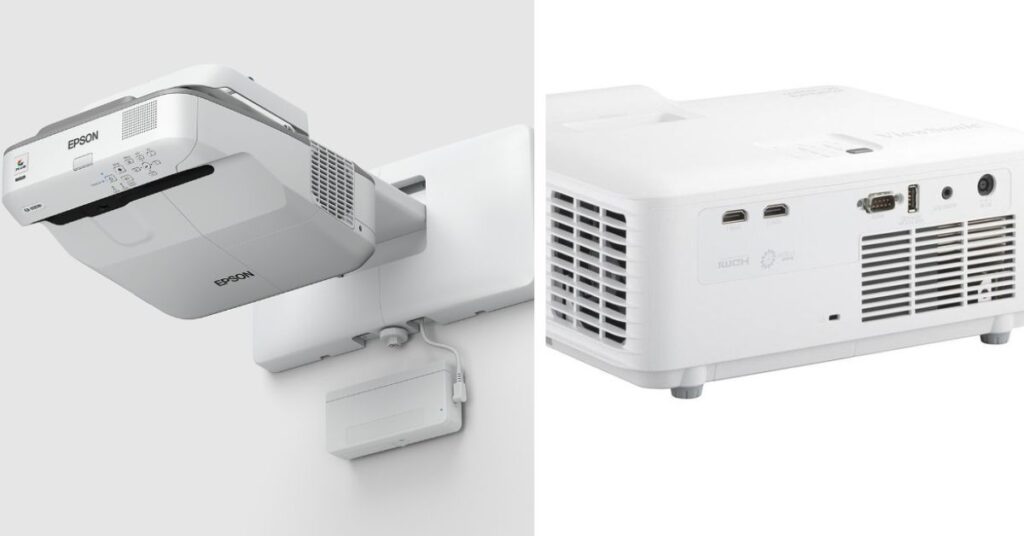
Use Cases for Short Throw Projectors
Short throw projectors are not just technologically impressive; they also have a wide range of practical applications.
Let’s explore some professional and personal environments where they excel and truly demonstrate their advantages.
Professional Use Cases
1. Classrooms and Training Rooms: In educational settings, short throw projectors are a boon. They can be installed closer to the screen, reducing shadows caused by instructors moving about. Reducing eye glare also allows students to focus better on the content.
2. Small Conference Rooms: Short throw projectors are extremely useful in business settings, particularly in small conference rooms. They can fit into cramped spaces, facilitating presentations without the need for a large, open area.
3. Art Exhibitions: Art curators often leverage technology to create immersive installations. The ability to generate large images in close quarters allows for creative showcases in tight exhibition spaces.
Personal Use Cases
1. Home Theaters: For movie buffs with limited space, a short throw projector can transform a small living room into a personal cinema.
You don’t need a large distance between the projector and the screen to enjoy a movie on a big screen.
2. Gaming: Gamers can benefit significantly from short throw projectors. They create an immersive, large-scale gaming experience even in a small room.
Some models with low input latency are specially designed for gaming, ensuring on-screen action without delay.
3. Celebrations and Events: Planning a backyard movie night or a birthday slideshow? A short throw projector can make these events more memorable.
It can accommodate large images even in a cozy setting, adding a dash of magic to your celebrations.
Maintenance and Troubleshooting
Like any piece of technology, short throw projectors require routine maintenance to ensure peak performance and longevity.
Let’s explore some maintenance tips and common troubleshooting solutions for your short throw projector.
Maintenance Tips
1. Clean Regularly: Over time, dust and dirt may gather up and impact the performance of your projector. Use a can of compressed air and a soft, dry cloth to carefully clean the vents on the projector’s exterior.
2. Check and Replace the Lamp: The lamp is a crucial component of your projector, and its lifespan is finite. Monitor lamp usage in the projector’s settings and replace it as the manufacturer recommends.
3. Ensure Proper Ventilation: Overheating can lead to severe damage. Ensure your projector is in a well-ventilated area and its vents are not blocked.
4. Handle with Care: Projectors are delicate devices. Handle with care, especially when moving them, to avoid damaging the lens or internal components.
Common Problems and Solutions
1. Blurry or Distorted Image: This could be due to an issue with the projector’s focus or placement. Try adjusting the focus dial and ensure the projector is perpendicular to the screen for an undistorted image.
2. Faint or Discolored Image: If your image isn’t bright or correctly colored, check your brightness and contrast settings. Also, ensure the lamp is in good condition and replace it if necessary.
3. Projector Doesn’t Turn On: This could be a power issue. Ensure the power connection is properly connected and the power source is functional. If the projector overheated and shut down, allow it to cool before restarting.
4. No Sound: Check the volume settings on both the projector and your input device. Also, ensure the audio cable is correctly connected if you’re not using HDMI for audio.
Buying Guide for Short Throw Projectors
Deciding to invest in a short throw projector is the first step, but how do you choose the right one for your needs? This buying guide will walk you through key factors you should consider to ensure you make a well-informed choice.
Throw Ratio: The throw ratio is a critical factor—it determines how large an image the projector can create from a certain distance.
Short throw projectors typically have a throw ratio of less than 1. If you’re operating in a tight space, look for a projector with an even lower throw ratio.
Brightness: The brightness of a projector influences how well the image can be seen, especially in rooms with ambient light.
Short throw projectors often need to combat more ambient light due to their usage in smaller, potentially well-lit rooms. A higher lumen count ensures the image won’t get washed out.
Resolution: The amount of pixels that a projector can display is referred to as a resolution, impacting the sharpness and clarity of the image.
Depending on your needs, you might opt for a projector with Full HD (1080p) resolution for movies, WXGA (1280×800) for presentations, or even 4K for high-end home theaters or professional graphics work.
Connectivity Options: Having multiple connectivity options is a significant advantage in today’s interconnected world.
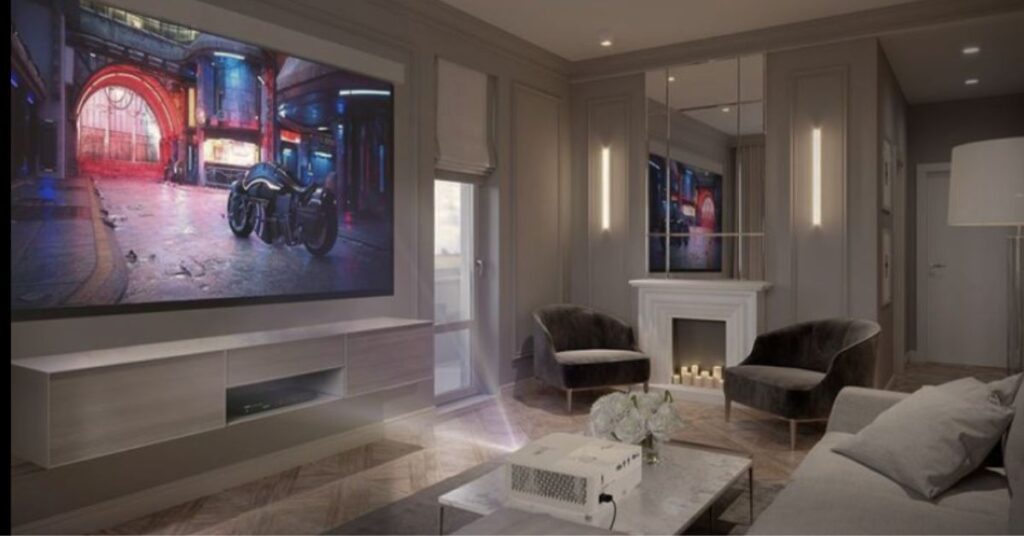
Ensure your short throw projector has the necessary ports for your devices—HDMI for modern consoles, computers, and streaming devices, VGA for older PCs, and potentially USB or SD card slots for playing media directly.
Some projectors also offer wireless connectivity, a convenient feature for a modern, clutter-free setup.
Ultimately, choosing the right short throw projector is all about understanding your specific needs and environment. Consider the space you have, the content you’ll be projecting most often, and the devices you’ll connect.
With the right balance of throw ratio, brightness, resolution, and connectivity, your new projector will serve you well, providing a large, vibrant, and crisp image in any space you choose.
FAQs: what is a short throw projector
Q1: What is a short throw projector?
A: A short throw projector is a particular type of projector that can display large images from a relatively short distance away from the screen.
Q2: How does a short throw projector work?
A: Short throw projectors utilize a unique lens and mirror assembly that allows them to project large images from a close distance.
They alter the path of light, making it possible to get big pictures in tight spaces.
Q3: Can a short throw projector be used in a large room?
A: Yes, they can be used in large rooms.
However, they are specifically designed for close-range projection, so for a large room, a standard or long-throw projector might be more suitable to leverage the space.
Q4: Are short throw projectors more expensive?
A: Generally, short throw projectors tend to be more expensive than long-throw projectors.
This is due to the more sophisticated lens and mirror system they need to project large images from short distances.
Q5: Can I use a short throw projector for outdoor events?
A: Absolutely! Short throw projectors can be used for outdoor events such as backyard movie nights.
Just remember to account for ambient light, as it can wash out the projected image.
Q6: What is the difference between a short throw and an ultra-short throw projector?
A: The primary difference lies in the throw ratio. While both are designed for use in tight spaces, ultra-short throw projectors have a throw ratio of less than 0.4, allowing them to project large images from an even closer range.
Q7: Can a short throw projector be mounted on the ceiling?
A: Yes, many short throw projectors can be ceiling-mounted.
This can be an excellent space-saving solution, especially in a permanent home theater or classroom setup.
Q8: Are short throw projectors good for eye health?
A: Given that they can be placed closer to the projection screen, short throw projectors significantly reduce the amount of harsh light that hits viewers’ eyes compared to standard projectors.
However, as with any screen, taking regular breaks to rest your eyes is still essential.

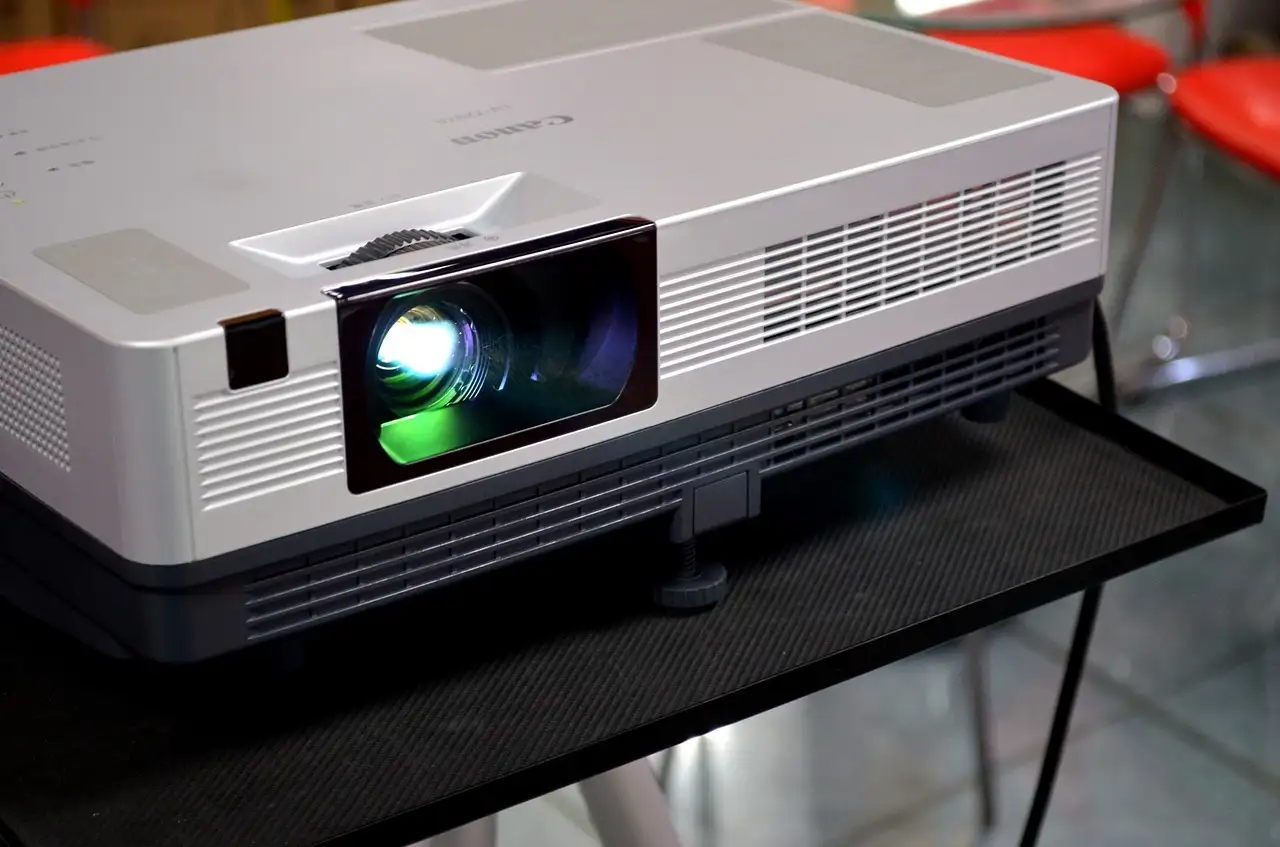
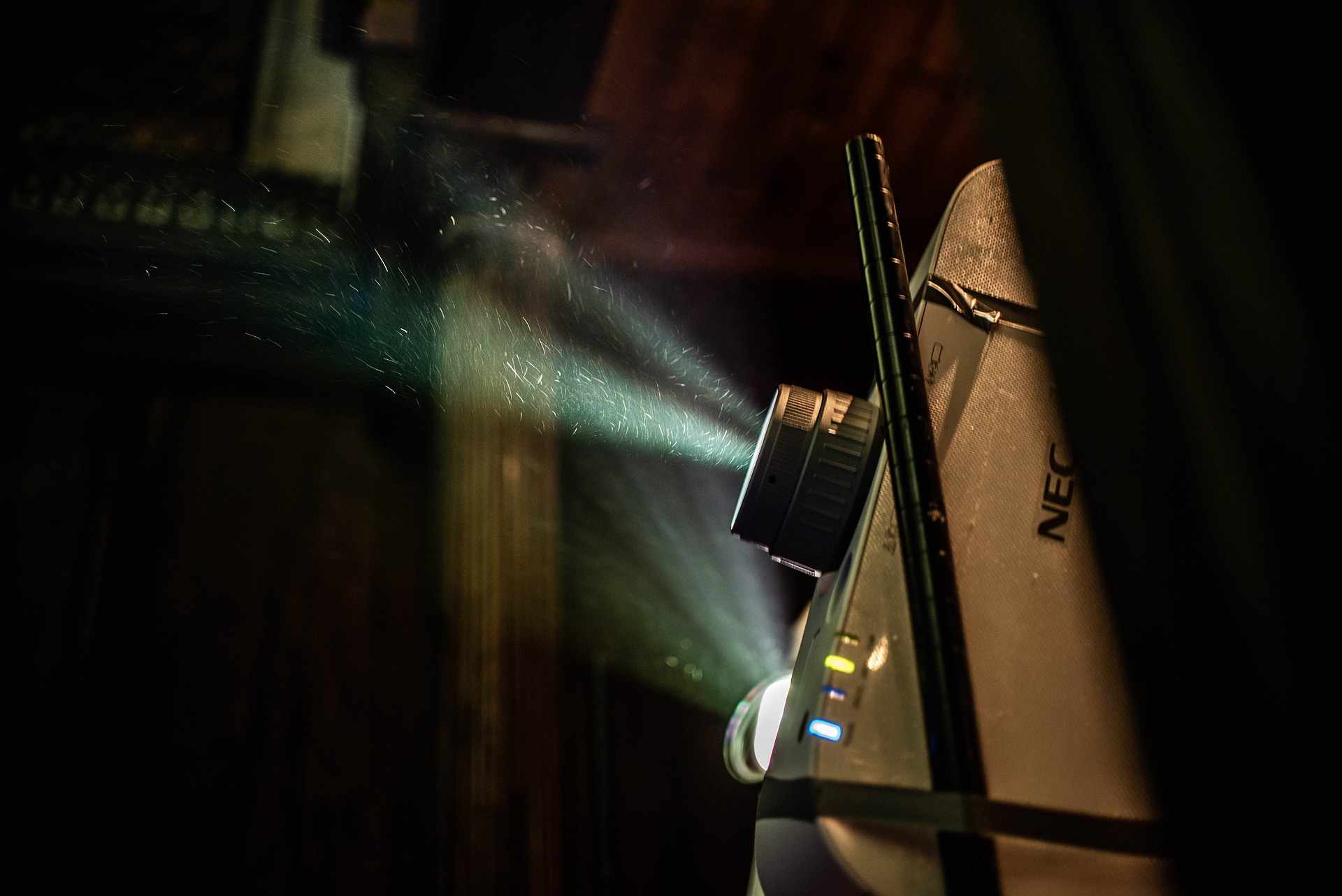
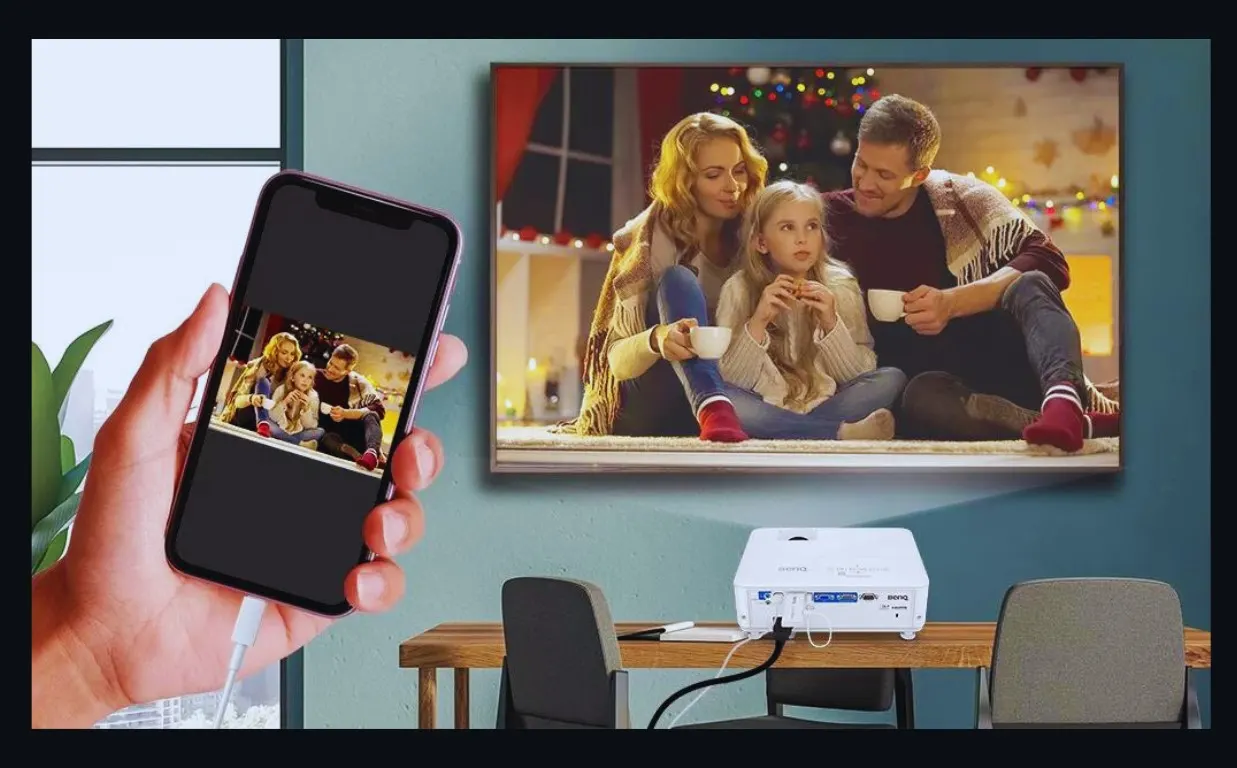
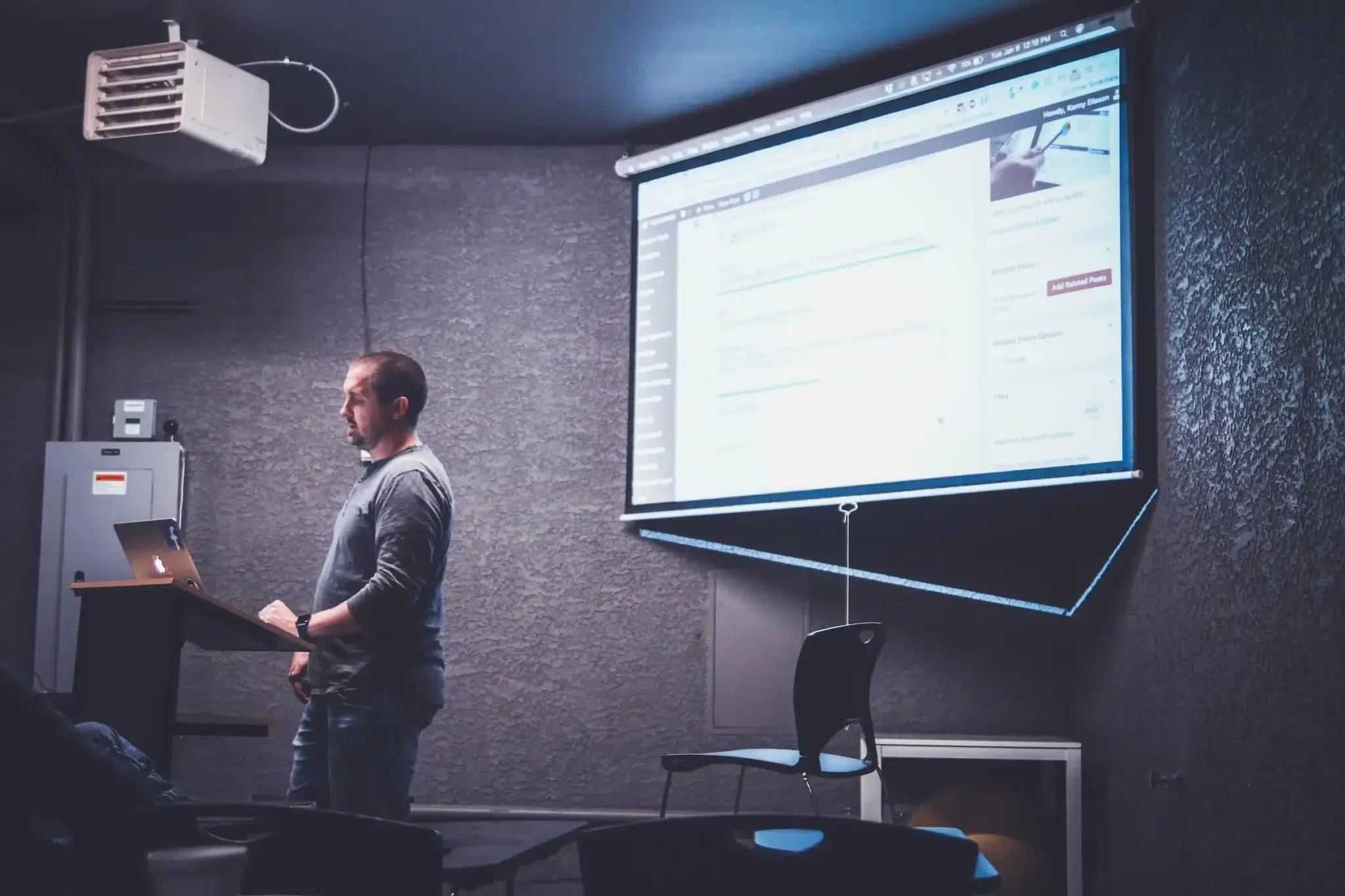
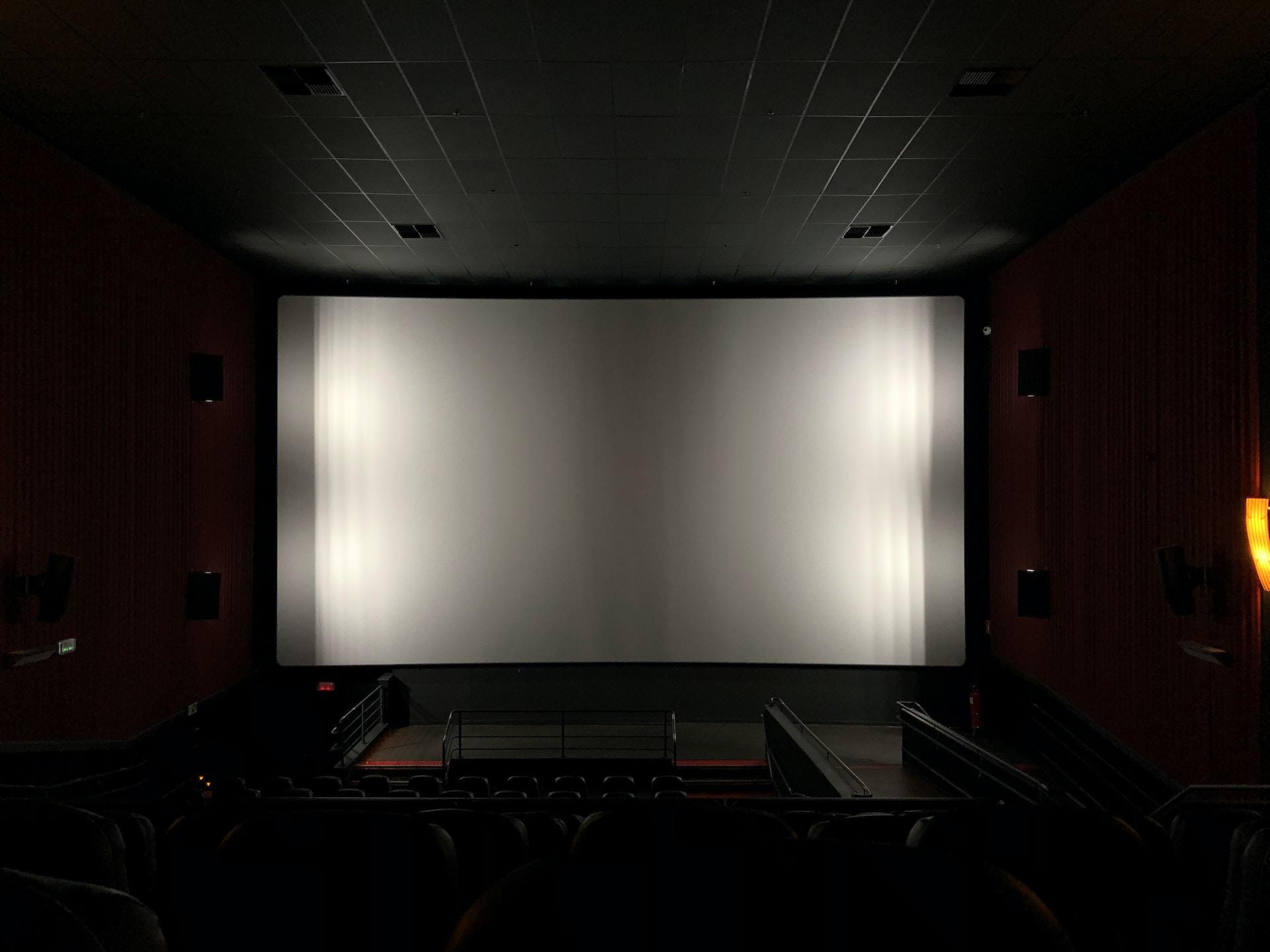
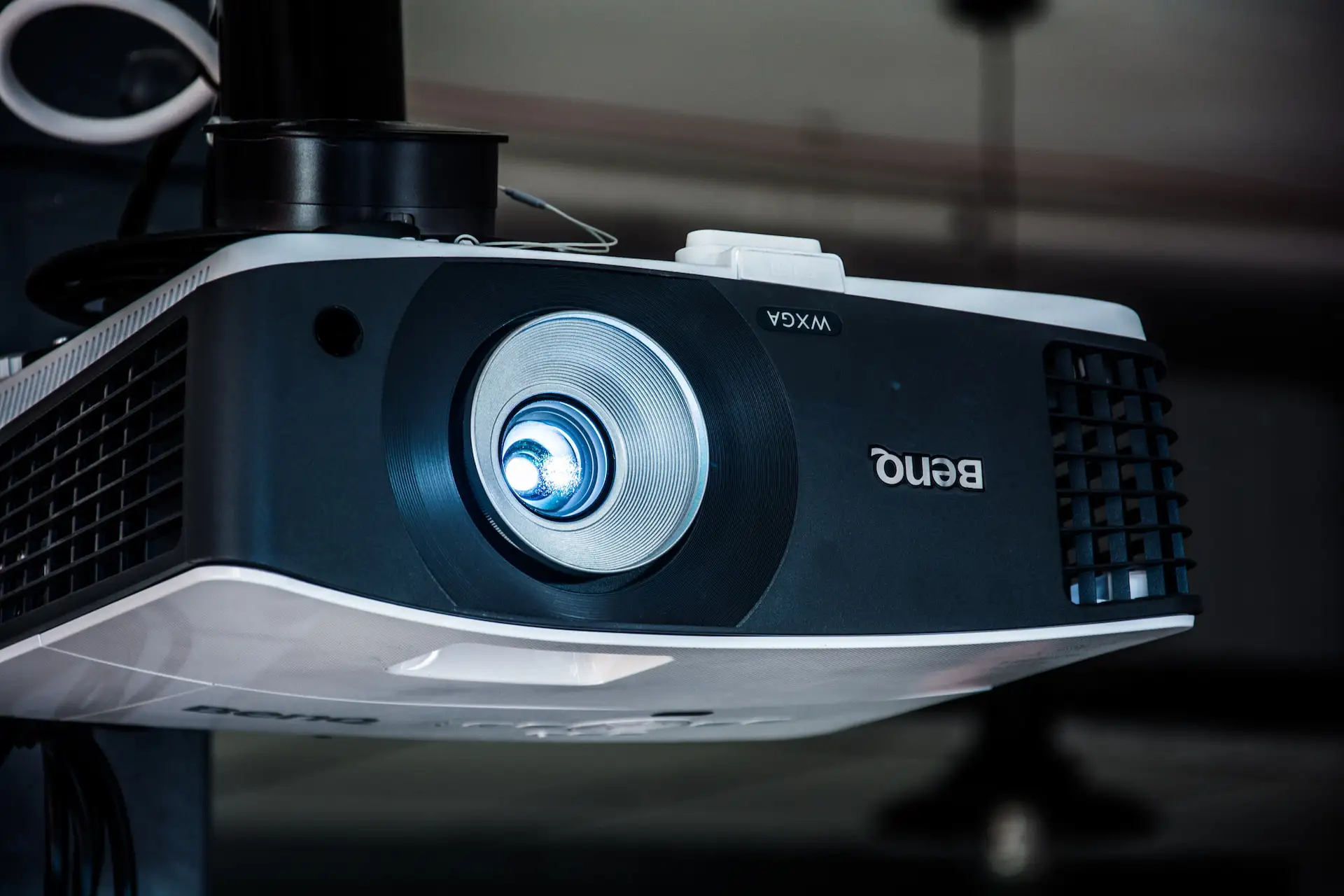
Leave a Reply